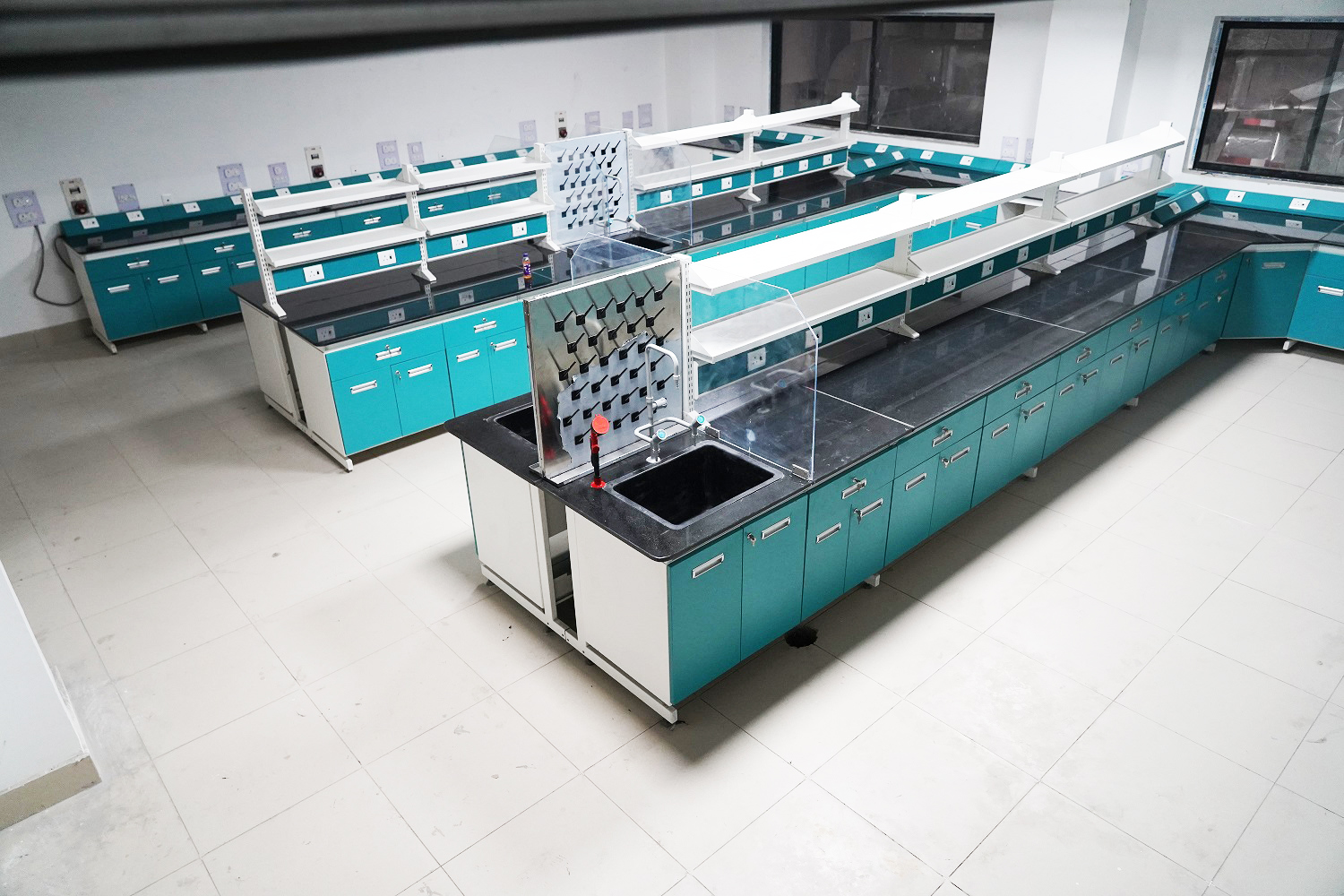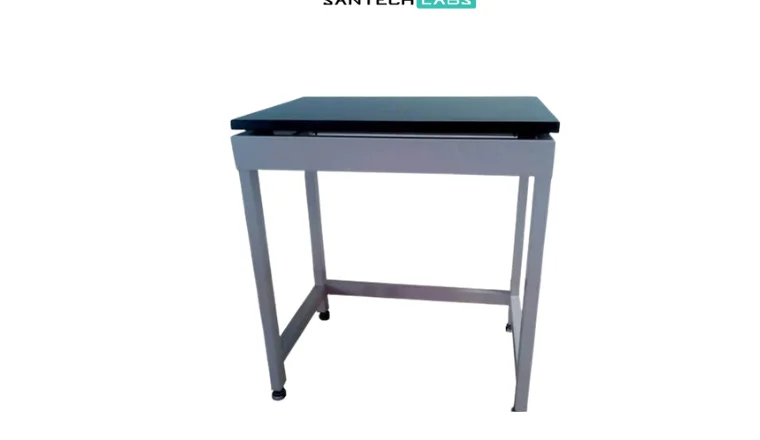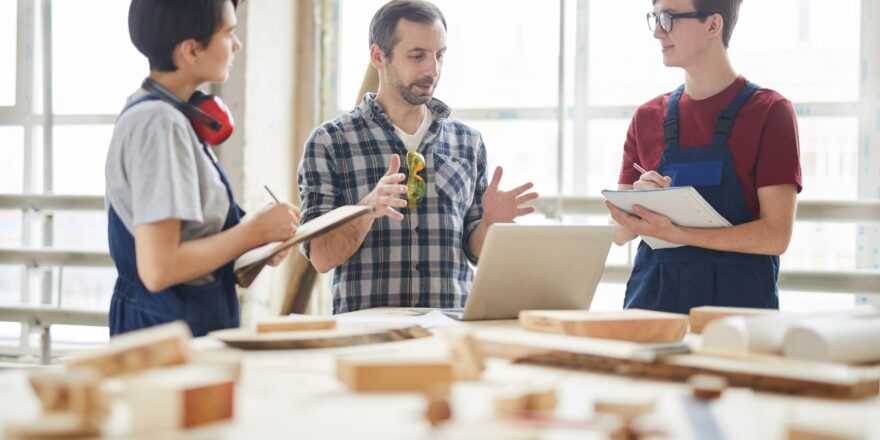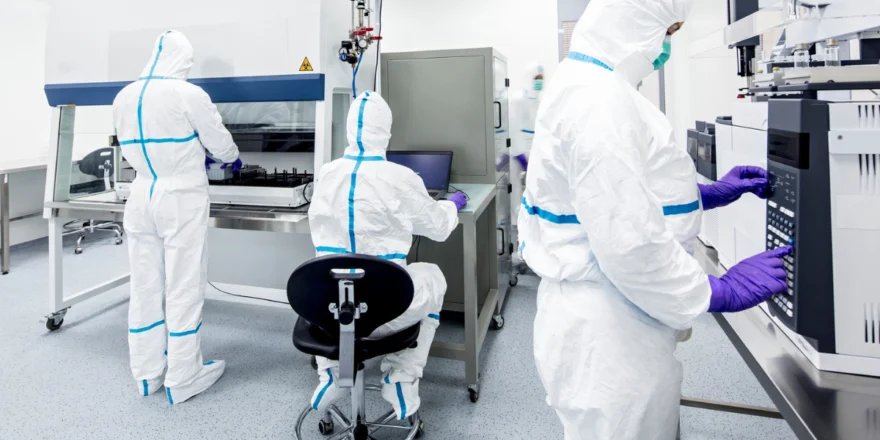Regarding laboratory design and planning, selecting the right furniture material is crucial. Laboratories have unique requirements, and the furniture used must meet specific criteria to ensure functionality, durability, and safety. Choosing the appropriate furniture material can significantly impact the efficiency and productivity of your laboratory operations.
This blog will explore the important factors to consider when selecting furniture materials for your laboratory. Whether setting up a new laboratory or upgrading existing furniture, this guide will provide valuable insights to make informed decisions. With the assistance of laboratory planning consultants, you can create an optimal working environment that meets your specific needs.
Factors To Consider When Selecting Lab Furniture
-
Understanding Laboratory Furniture Requirements
Before diving into the different furniture materials, it’s important to understand your laboratory’s requirements clearly. Consider the nature of your work, the type of experiments conducted, the equipment utilised, and the level of chemical exposure. Collaborating with laboratory planning consultants can help you assess these factors and determine the ideal furniture specifications for your laboratory.
-
Importance Of Durability And Longevity
Regarding laboratory furniture, durability and longevity are crucial factors to consider. Laboratories are high-activity environments where furniture is subjected to frequent use, heavy equipment, and exposure to potentially corrosive chemicals. Investing in furniture materials that are durable and long-lasting offers several benefits:
-
Cost Savings
Choosing durable furniture materials can lead to remarkable cost savings in the long run. High-quality materials may have a higher upfront cost, but their longevity reduces the need for frequent replacements or repairs. By avoiding frequent replacement cycles, you can allocate your budget to other critical areas of your laboratory.
2. Equipment Protection
Laboratory furniture serves as a support system for expensive and delicate equipment. Durable materials provide a stable and reliable foundation, reducing the risk of damage to sensitive instruments. Furniture that can withstand heavy loads and impacts help to ensure the integrity and longevity of your valuable equipment.
3. Safety Assurance
Durability is closely linked to safety in laboratory environments. Well-built and sturdy furniture minimises the risk of accidents caused by collapsing or unstable surfaces. Materials with high impact resistance, such as certain types of steel or composite materials, can withstand accidental bumps or collisions, preventing potential injuries to laboratory staff.
4. Structural Integrity
Laboratory furniture must maintain its structural integrity over time. Constant exposure to chemicals, temperature variations, and humidity levels can degrade weaker materials, compromising the stability of the furniture. Opting for materials known for their structural integrity, such as stainless steel or reinforced laminates, ensures that your furniture remains robust and reliable throughout its lifespan.
5. Longevity Of Workspaces
Laboratory furniture requires demanding tasks, including chemical spills, repetitive motions, and constant adjustments. By selecting durable materials, you can ensure that work surfaces, such as countertops and benches, withstand daily wear and tear. This extends the lifespan of workspaces, avoiding the need for premature replacements and disruptions to laboratory operations.
6. Compliance With Safety Regulations
Laboratories must adhere to strict safety regulations and codes. Choosing durable furniture materials that comply with safety standards ensures that your laboratory meets the requirements. Certain materials, such as fire-resistant laminates or metal alloys, offer enhanced safety features and meet specific regulatory guidelines, providing peace of mind and reducing the risk of non-compliance.
7. Enhanced Productivity
A well-equipped laboratory with durable furniture promotes a productive working environment. Reliable and long-lasting furniture enables researchers to focus on their work without interruptions or concerns about equipment stability. This increases efficiency and workflow optimisation, ultimately improving productivity and results.
-
Chemical Resistance And Cleanliness
Chemical resistance and cleanliness are vital considerations for laboratory furniture. Choose materials that can withstand exposure to chemicals without corroding or degrading. Furniture surfaces should be easy to clean. Non-porous materials are preferable as they resist chemical absorption and facilitate effortless cleaning.
-
Ergonomics And User Comfort
Promoting ergonomic design and user comfort in your laboratory is crucial for the well-being of your staff. Furniture materials should be chosen with ergonomic principles, ensuring proper posture, easy access to equipment and tools, and customisable features. Materials that offer adjustable height options and ample legroom can enhance overall productivity and reduce the risk of injuries.
-
Safety And Fire Resistance
Safety is of utmost importance in laboratory settings. Selecting furniture materials with excellent fire resistance properties can prevent accidents and contain potential hazards. Fire-resistant materials, such as certain types of wood laminates, metal alloys, or composite materials, offer enhanced safety features and comply with fire codes and regulations.
-
Flexibility And Modularity
Flexibility and modularity in laboratory furniture enable easy reconfiguration and adaptability to evolving needs. Modular furniture systems constructed with compatible materials offer the advantage of customisation, allowing you to adjust your workspace layout based on changing research requirements. Materials like stainless steel, laminate, or phenolic resin can provide the desired flexibility.
-
Consideration Of Aesthetic Appeal
While functionality and durability precede laboratory furniture selection, aesthetic appeal should be noticed. Creating a visually pleasing environment can positively impact the morale and motivation of laboratory staff. Choose materials that complement your laboratory’s overall design theme, and consult with laboratory planning consultants to keep the right balance between functionality as well as aesthetics.
-
Cost And Budget
While some premium materials have more qualities, their cost can be higher. Consult laboratory planning consultants to explore cost-effective options.
Wrapping Up
Choosing the right furniture material for your laboratory is crucial. Santech Lab provides top-quality furniture solutions tailored to your lab’s needs. With our expertise in laboratory planning and design, we offer a wide range of durable, chemically resistant, and ergonomic furniture options. Our team will help you throughout the selection process, ensuring longevity, safety, and functionality. Trust Santech Lab to create a productive and innovative workspace for scientific endeavours. Contact us today for the best laboratory furniture solutions.




